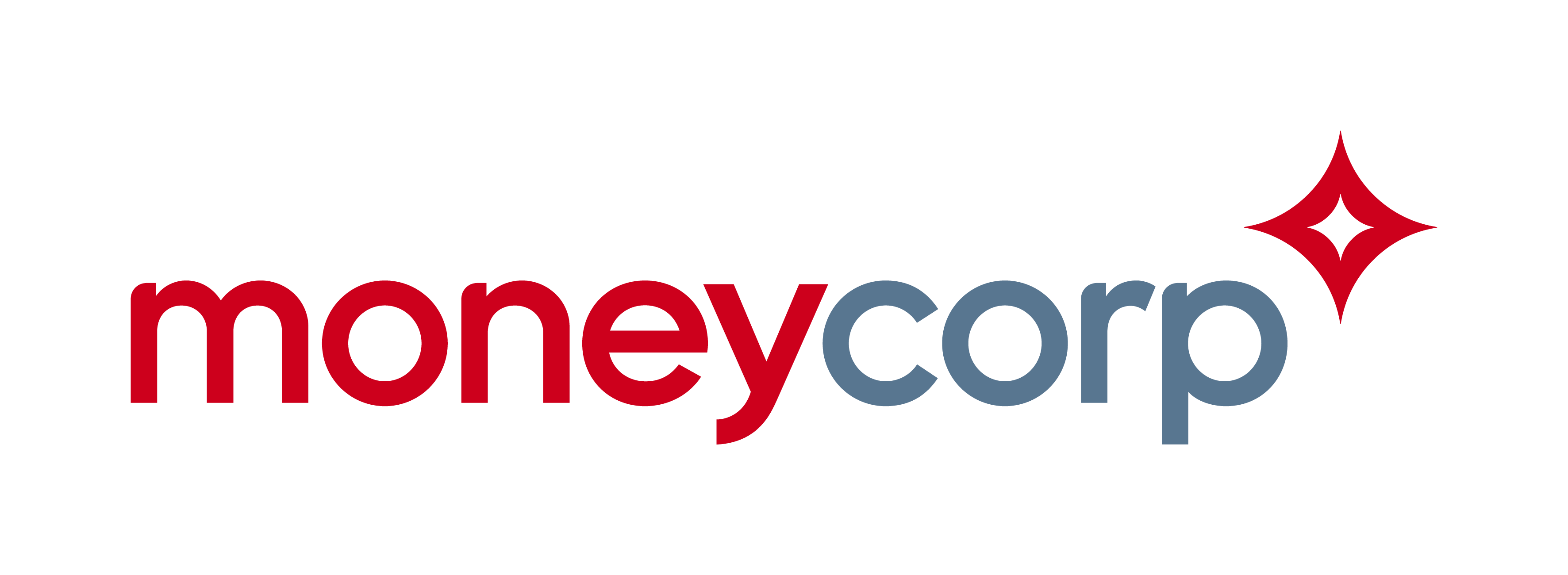Weekly Brief

Share Story
A Farwell to Peace
7 minute readGBP
In what became something of a financial market lottery, investors were forced to react first to the prospect of sanctions on Russia, then to the perceived toothless of those that did appear, then to the reality of Russian troops entering Ukraine, then to more widespread sanctions and, most recently, to renewed relief at the limited economic threat posed by the sanctions. Exchange rates were whip-sawed, “risky” currencies and safe havens alike. Sterling came out of it relatively badly with an average loss of 0.8%, perhaps partly because the UK prime minister was a prominent cheerleader for sanctions.
Until Thursday morning’s invasion, investors could be reasonably satisfied with the UK economic data. Rightmove reported that asking prices for residential property jumped 2.3% in February and were 9.5% higher on the year. The provisional UK purchasing managers’ indices beat forecast, with manufacturing unchanged on the month at 57.3 and services at an eight-month high of 60.8. In Britain, as in many other countries, the relaxation of Covid restrictions made life easier for face-to-face service providers. Invasions aside, the only obvious stumbling blocks for sterling were comments by Bank of England officials. Deputy Governor Dave Ramsden and Chief Economist Huw Pill both downplayed the idea of rate increases coming thick and fast this year.
EUR
Had it not been for its proximity to Ukraine and Russia, the EU’s single currency might have behaved more like a safe haven. In the event, the EUR more resembled a not-quite-sure, having just as difficult a week as the GBP. It lost an average of 0.7% and gave up one and a half US cents. Even before the invasion of Ukraine, investors were less than enthusiastic about the currency, sensing that the EU’s member nations are far from united in their response to Russia’s action.
European Central Bank board member Isabel Schnabel’s speech on Thursday reflected, of necessity, “the situation predating the war”, but she did ad-lib to reassure investors that “In such times of extreme uncertainty, central banks need to be a source of confidence and a reliable anchor for the economy”. The Eurozone economic statistics came and went without creating any major ripple. A 5.1% headline print for Eurozone inflation was a record high in the history of the currency, but it was in line with the provisional reading and almost unchanged on the month. National rates ranged from France’s 3.3% to 11% in Estonia and 12.3% in Lithuania.
USD
It was not until the invasion on Thursday morning that the USD really made its presence felt as a safe haven currency. It finally did so when investors remembered that Treasury Bonds really do provide more of a sanctuary than crypto-currencies in times of stress. The dollar was one of an odd quartet of joint winners on the week, sharing victory with the Japanese yen and the antipodean dollars.
As well as the perceived safety of the dollar, there remained the underlying support provided by the prospect of rising interest rates this year. The debate was not about whether, but about how far and how quickly the Federal Reserve will tighten policy. Although New York Fed President John Williams tried on Friday to squash the idea of a 50-basis-point rate hike next month, JP Morgan joined Goldman Sachs and Bank of America in predicting seven increases this year. After initial concern that central banks might temper their hawkishness because of the Ukraine situation, investors quickly put such doubts behind them.
CAD
With the attention of the world elsewhere and no hugely significant domestic events or economic data, the Loonie was somewhat side-lined. It did benefit from its geographic location, its economic links with the United States and the rising price of oil, but not by enough to put in an above-average performance. The CAD softened by an average of 0.2%, losing half a US cent and adding a cent against sterling.
As is often the case, the Canadian ecostats all appeared on a Friday. Statistics Canada reported a monthly fall of 1.8% for retail sales, a result that looked rather sorry alongside the 1.9% sales increase in Britain. However, Canada’s data are a month behind the UK figures, so Canada’s decline in December should more reasonably be compared with Britain’s 4% fall in the same month. The new housing price index showed prices rising 11.8% in the year to January, a little less than the Teranet measure for the whole market, which put prices 16.6% higher than a year ago.
AUD
The antipodean dollars did surprisingly well, given the widespread anxiety about Russia’s military adventures. It might have been reasonable to mark them down, in view of the possible negative effect on the global economy. However, investors preferred to focus on geography and substitution. Australia and New Zealand are an awful long way from Eastern Europe, and exports of energy and commodities lost by Russia/Ukraine will have to be sourced from somewhere else. The AUD was thus an average of 0.4% higher on the week, holding steady against the USD and strengthening by two and a third cents against the GBP.
The only two relevant sets of Australian economic data were the provisional purchasing managers’ indices and the quarterly wage price index. The manufacturing PMI was two and a half points higher on the month at 57.6, with services up by nearly 10 points at a convincingly positive 56.4. Wages rose 2.3% in 2021, but as elsewhere, pay rises are being eroded by even faster-rising prices.
NZD
If Australia is a long way from Ukraine, New Zealand could not be further: the antipodal point of Kyiv is Waitangi, in New Zealand’s Chatham Islands. That is probably not why the Kiwi had a slightly better week than the Aussie, but it was the week’s winner, by a nose. The NZD went up by an average of 0.6%, strengthening by nearly three cents against the GBP.
Wednesday’s policy decision by the Reserve Bank of New Zealand was by far the most important event of the week for the Kiwi. The bank announced its third increase to the Official Cash Rate since October. The OCR now stands at 1%, in line with analysts’ forecasts. The crucial point in the RBNZ statement was that further rate increases are coming. While the RBNZ was an early adopter of monetary tightening, making its first move back in October, there had been a suspicion that it might postpone today’s hike because of geopolitical tensions. Since it failed to do so, the inference is that central banks in general remain focused on their inflation mandate and do not—not yet, at any rate—worry overmuch about Russian irredentism.


